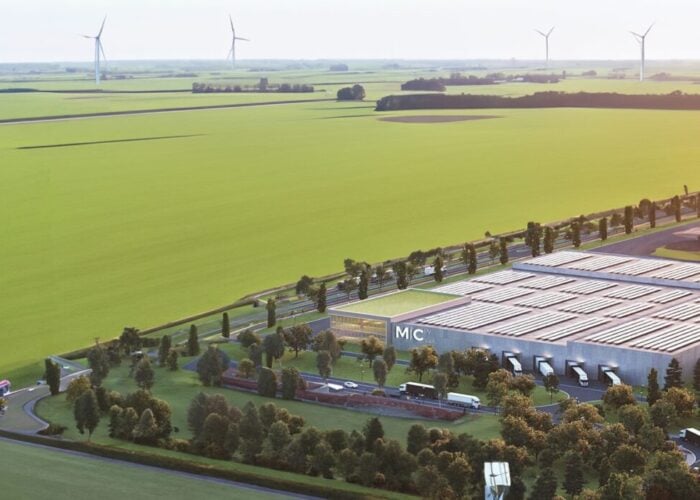A world entirely powered by renewable energy is achievable by 2050 and is a scenario that is becomingly increasingly essential to prevent runaway climate change, a Greenpeace study has claimed.
The latest in the environmental body’s ‘Energy [R]evolution’ series of reports, which it has published since 2005, contains for the first time a 100% renewable energy scenario.
Try Premium for just $1
- Full premium access for the first month at only $1
- Converts to an annual rate after 30 days unless cancelled
- Cancel anytime during the trial period
Premium Benefits
- Expert industry analysis and interviews
- Digital access to PV Tech Power journal
- Exclusive event discounts
Or get the full Premium subscription right away
Or continue reading this article for free
The report said the shift in aspiration reflected in the report over the potential penetration of renewables worldwide was a consequence of the dramatic process made by in recent years by clean energy technologies, in particular solar and wind.
“Dynamic change is taking place in the energy sector. Renewable energies have become mainstream in most countries, and prices have fallen dramatically,” the report said.
“The report shows we could transform our energy supply, switching to renewables, which would mean a stabilisation of global CO2 emissions by 2020, and bringing down emissions towards near zero emissions in 2050.”
But for that ambition to be realised, a number of actions are required, the report said.
First and foremost is the agreement of a strong, legally binding emissions reduction target at the COP21 climate talks in Paris at the end of 2015. “The Paris climate agreement must deliver a long term vision for phasing out coal, oil, gas and nuclear energy by mid-century,” Greenpeace said.
Despite the big advances, led by solar and wind, in decarbonising power generation, the study said the big challenges would be in phasing out fossil fuel use in heating and transportation, particularly transportation.
On this, the Greenpeace study said a “technical revolution” was needed, meaning more R&D, particularly in aviation and shipping.
“But planes and ships could be powered using biofuels, hydrogen and synthetic fuels produced using electricity. So electricity demand will go up, but it will be generated with renewable energy,” the report said.
The report acknowledged the investment costs for the switch to 100% renewables would be huge – around US$1 trillion a year. But because reenewables need no fuel, it said the savings would be greater – US$1.07 trillion a year; eventually the costs of the transition would be met in full by the fuel cost savings, with a “cross-over” in this equation happening between 2025 and 2030.
“There are no major economic or technical barriers to moving towards 100% renewable energy by 2050. It just requires the political will to make the change,” the report concluded.






